Copyhold Hollow: The 16th century house with a 1,000-year-old hedge — and a 21st century garden
When Frances Druce took over Copyhold Hollow — in the High Weald, West Sussex — this 16th-century house with its ancient box hedge had no garden to speak of. Undeterred, she built one herself, reveals Annie Gatti. Photographs by Mimi Connolly.
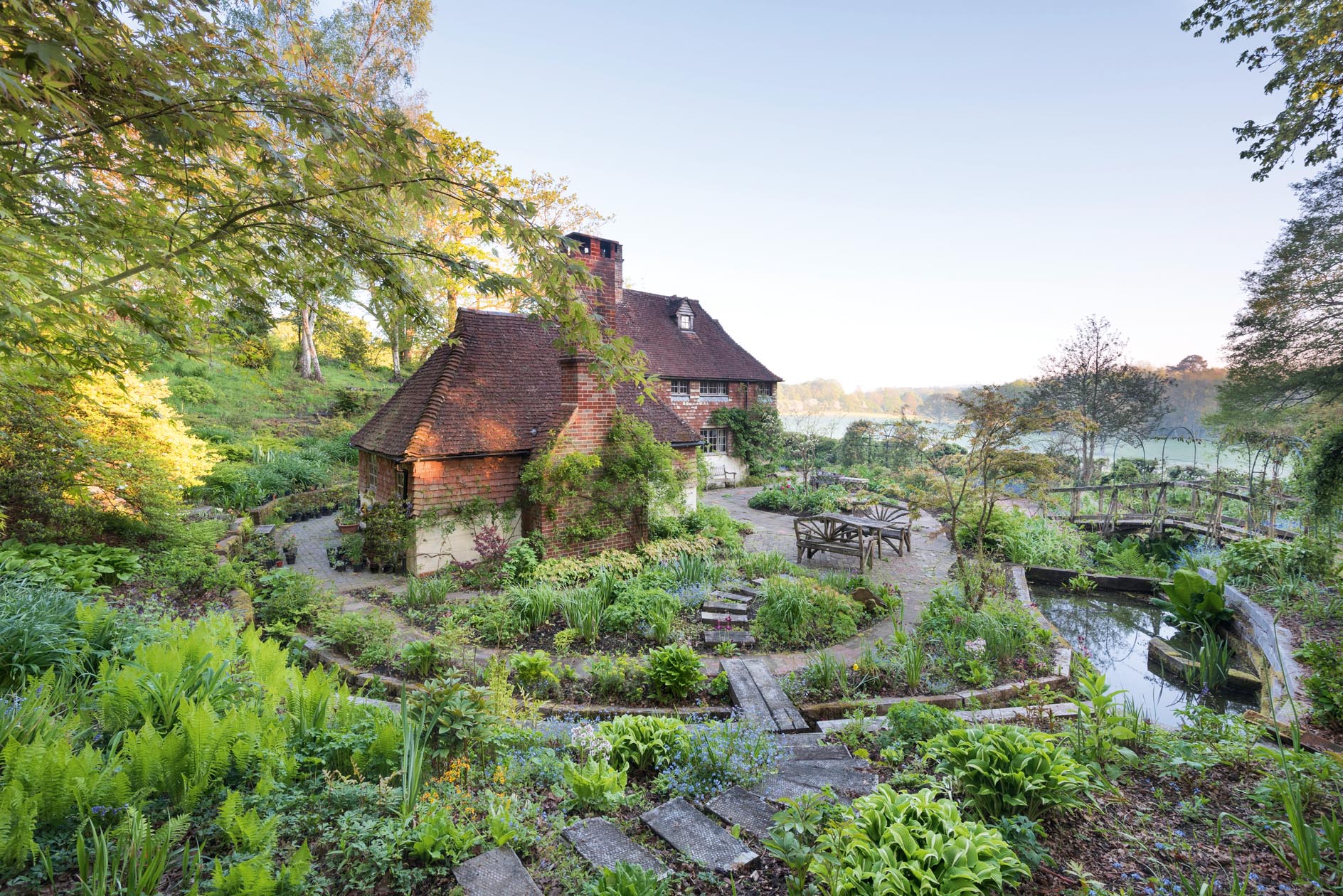
When Frances Druce took on the ownership of Copyhold Hollow, a 16th-century house hidden behind a wavy box hedge in the High Weald of Sussex, in 1993, her plan was to do it up herself and then sell it. This was to be her fifth renovation and making a garden for herself was far from her thoughts. However, the charm of the building and its position cradled at the bottom of wooded slopes that extended beyond her two acres to the mixed woods of the Borde Hill estate, from which she bought the house, swiftly made her change her mind. ‘I’d only been here about 24 hours’, she explains, ‘and I thought “I can’t sell this”.’
Initially, the house, which had been lived in by a land agent for Borde Hill and had, in the 1840s, served as an ale house for the rail workers who built the nearby Ouse Valley viaduct, was the priority. She stripped off the oak weatherboarding on the outside and replaced it with handmade Swallows’ clay tiles, then re-roofed the house.
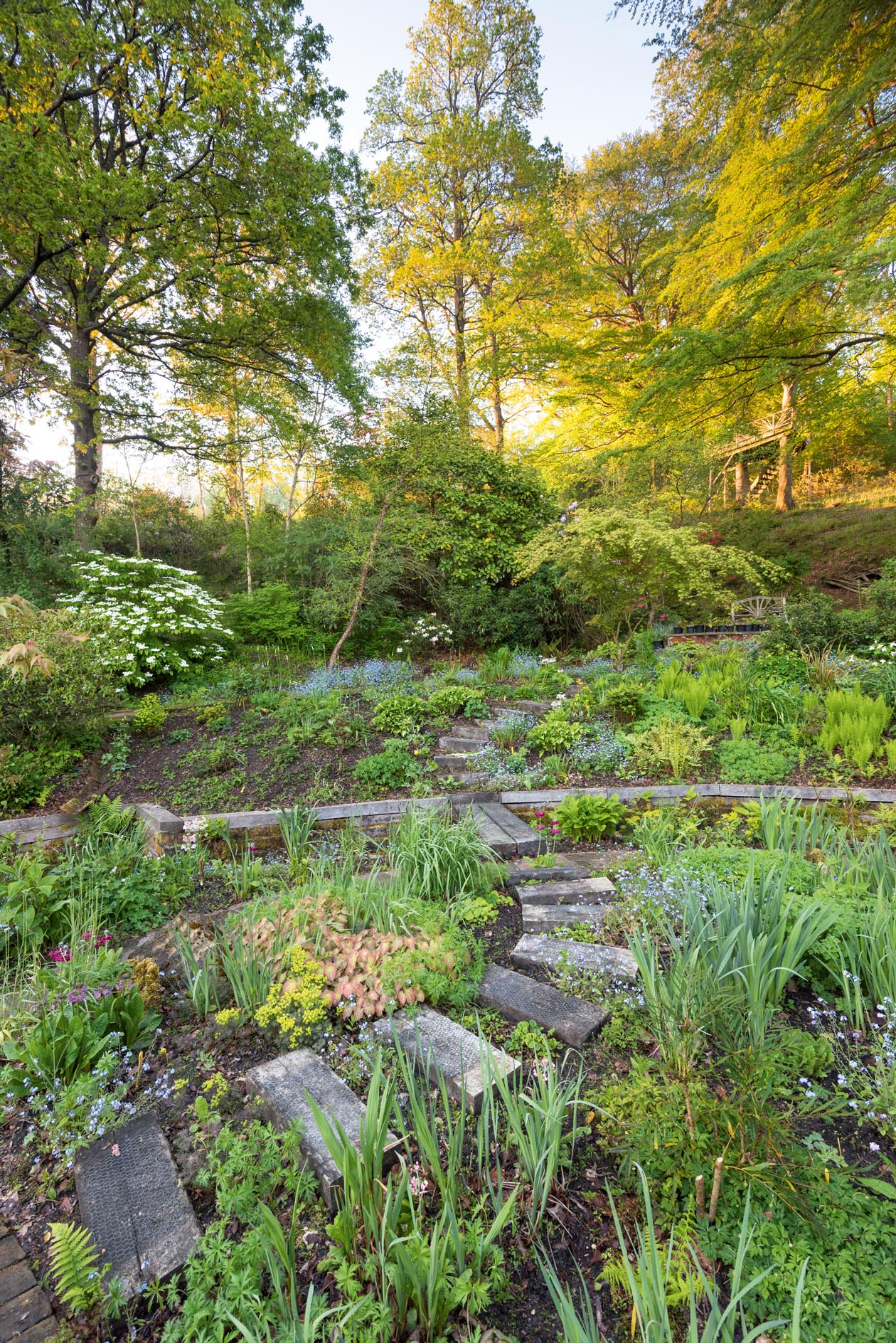
Next, she ‘took apart’ the interior and restored it to its 16th-century roots, with modern comforts. She then added an extra room at right angles to the back of the house, only calling on a builder for the brickwork and chimney construction. Where, I asked Miss Druce, did she acquire the skills to do most of the renovation herself? ‘Oh it’s very easy. If you can make a dress and ice a cake, you can build a house. They have the same principles.’
Making the garden was a much greater challenge, as she knew very little about gardening. There were practicalities to start with: she needed to put land drains in around the house to deal with the high water table and a level area was required for a car and garage. A JCB was hired to dig out 28 lorryloads of dirt, creating the sunken terrace around the house that, today, is a comfortable mix of paving slabs and bricks, broken up by beds filled with shrubs and perennials that cope with the dappled sun and clay soil.
One of the natural springs was channelled into a rill that emerges at the back of the house and spills into a deep pond, forming a watery edging to a rustic seating area.
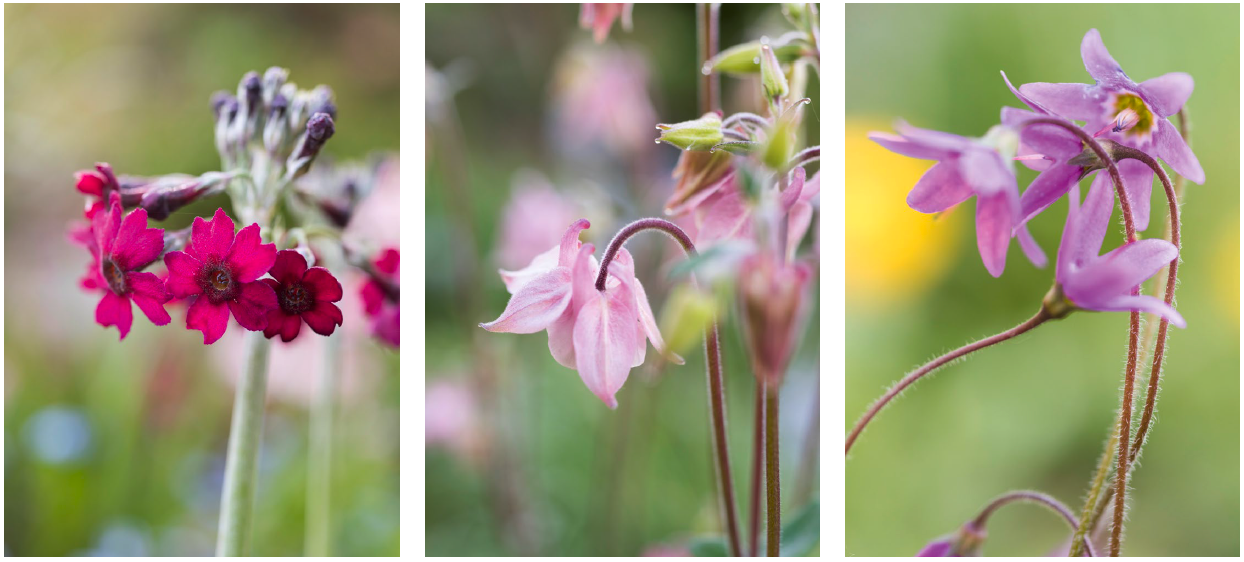
All this developed organically, but Miss Druce admits that, after several plant failures, she realised she needed to be more informed and enrolled on a RHS General Certificate course. ‘Gradually, the pennies started to drop as to what you plant where, although there are some things that need a lot of sunlight and I still put them in. I can’t resist roses and they don’t do especially well, but varieties such as ‘White Gold’ do.’
She filled the rill and pond margins with bog- and moisture-loving plants, planted clematis to scramble up the metal arches that screen the parking area and then began to tackle the wooded slopes, dominated to the south by the matriarch, a towering copper beech, and to the east by a patriarchal dawn redwood. The land agent had planted a number of trees, but, by the time Miss Druce arrived, ash and sycamore seedlings emerging from brambles had formed impenetrable thickets and she had to forge her way up, machete in hand.
Exquisite houses, the beauty of Nature, and how to get the most from your life, straight to your inbox.

After the strenuous clearing, she began to create the informal, winding route that climbs up the east side of the house to the highest point of her land to the south and back down through her ‘wild and woolly’ part to the west, laying down tons of sandstone and fines to make paths where she tended to walk.
Among her first plantings were rhododendrons, which she calls the barmaids of the plant world. A purchase of three white-flowered Rhododendron chionoides, from Glendoick, Perth, and the subsequent failure of two of them led to her chance discovery of mound planting. Fed up with trying to make a planting hole for a replacement rhododendron in the solid blue and yellow clay, she dumped it on top of the soil, threw some homemade compost around it and, to her delight, the plant survived. ‘Now I know that mound planting is a recognisable form of gardening and I use a 50:50 mix of leafmould and compost.’
Another purchase of a collection of stick-like camellias, which also started to flourish, set her on the road to making a wonderfully varied woodland garden which starts in spring with sweeps of fresh green ferns and white, pink and blue ground cover from wood anemones, Cyclamen coum, native bluebells and hellebores, followed by epimediums, Solomon’s seal and forget-me-nots, under a medley of shrubs such as hamamelis, azaleas, acers and rhododendrons.
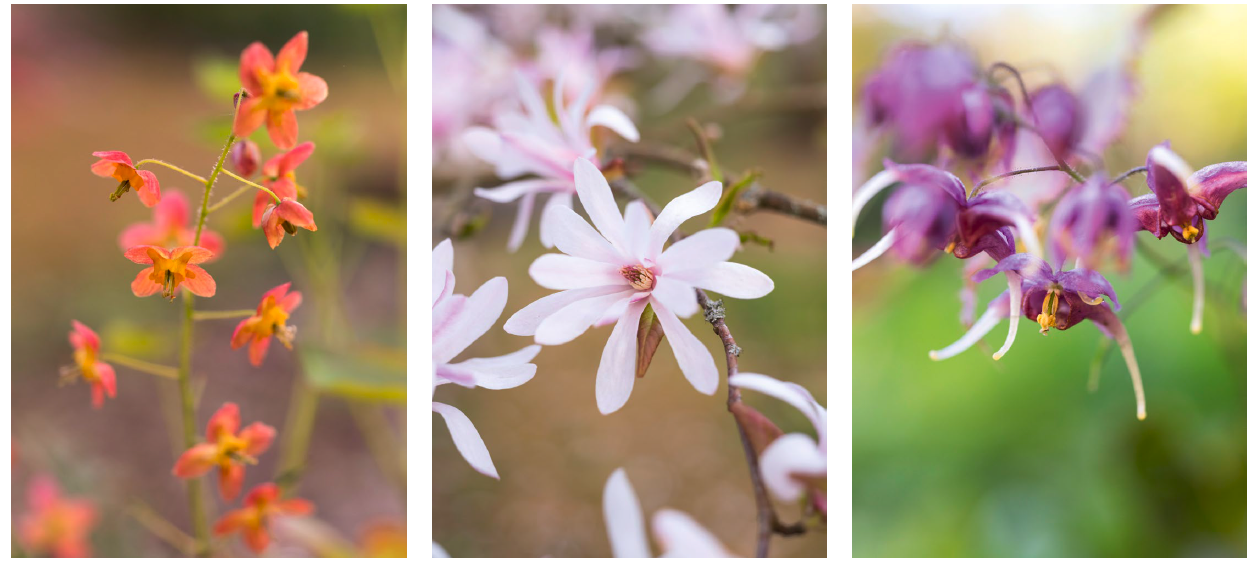
Miss Druce has created various resting places dotted through the woodland garden, including a platform furnished with a rustic table and chairs set under the copper beech and a bespoke oak and chestnut viewing platform that wraps around the trunks of two oak trees at the top of the garden. Timber-edged steps cut into the steep slope and fringed with rhododendrons and azaleas, in shades of white, vibrant pink and red, create a shortcut from the lower platform to the treetop one, where Miss Druce very occasionally allows herself to sit with a book and a cup of tea, drinking in the dizzying view down to the house and its sun-dappled herbaceous garden and across a lush meadow to a thick band of Wealden ancient woods.
For four years, she had the assistance of an apprentice from WRAGS (the Work and Retrain As a Gardener Scheme), working with her two days a week. Now, she manages the garden and opens it to the public in early summer for the National Garden Scheme, with only the help of a friend who lends his muscle power one day every three weeks or so.

If she plants anything on the top slopes, she must carry water up by hand. Somehow or other, she still finds time to propagate rhododendrons and azaleas and sell them at the front gate, but her plans for the future include more shrubs and fewer perennials for the woodland garden, as well as simplifying the lower garden.
She won’t, however, stint on her leafmould production, which is supplemented by bags of leaves from friends’ gardens: ‘I think what you put on top of the soil is more important than what you put in the planting hole.’ Visitors to the garden, at any season, will certainly be convinced of her methods.
Copyhold Hollow, West Sussex, opens for the NGS on May 1 and June 3 — www.ngs.org.uk
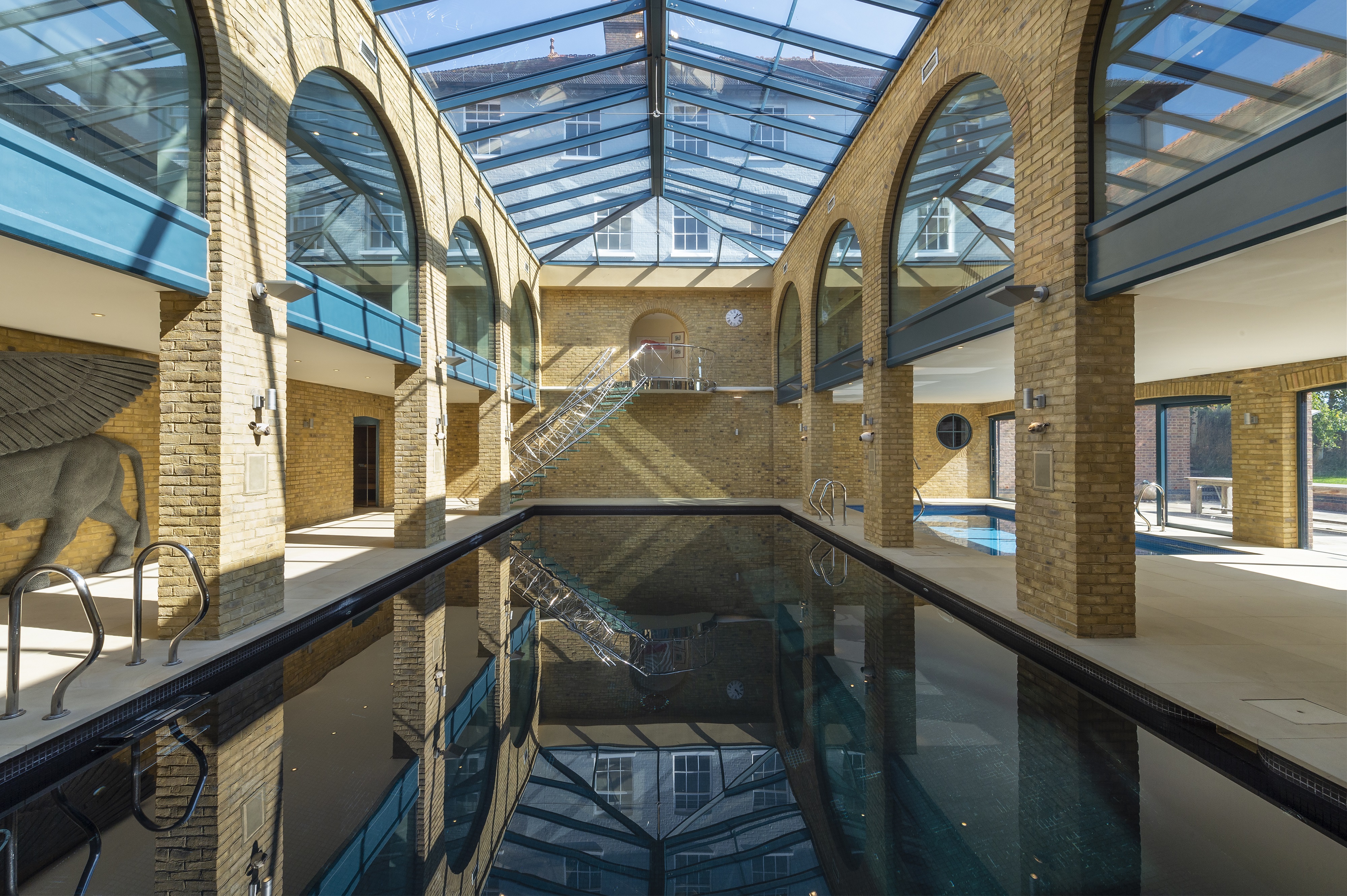
A glorious East Sussex pad set in 70 acres of gardens, paddocks and woodland
Rachael Turner shares this gorgeous country estate in Salehurst.

How to make proper Italian pizza in the back gardens of Sussex
Our weekly recipe slot this morning isn't so much a recipe as a method: how to make real Italian pizza

Credit: Batcheller Monkhouse via OnTheMarket
Sedgwick Park, a vast country house with 'one of the most distinguished gardens in Sussex', seeks a new owner
Segdwick Park's 750-year history has seen all manner of change, but thanks to the vision of its owners in the

An idyllic, 600-year-old, Grade II-listed house in the beautiful West Sussex countryside
Park Farm is a delightful timber-frame former hall house set in 32 acres of gardens and parkland near Slinfold, West

Urchfont Manor, Wiltshire: From local council facility to 'inspired contemporary creation'
The restoration of Urchfont Manor and its gardens has resulted in an exceptional creation that unites the formal with the